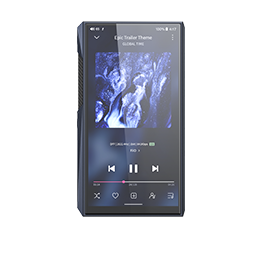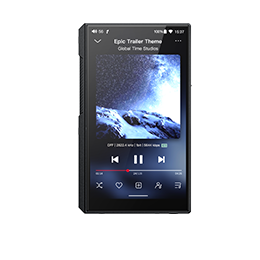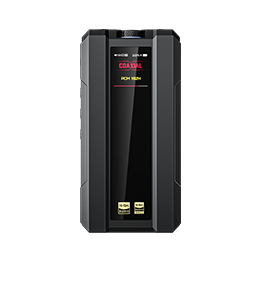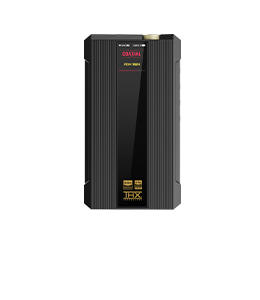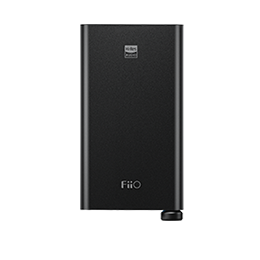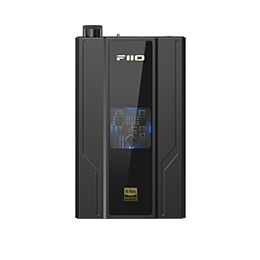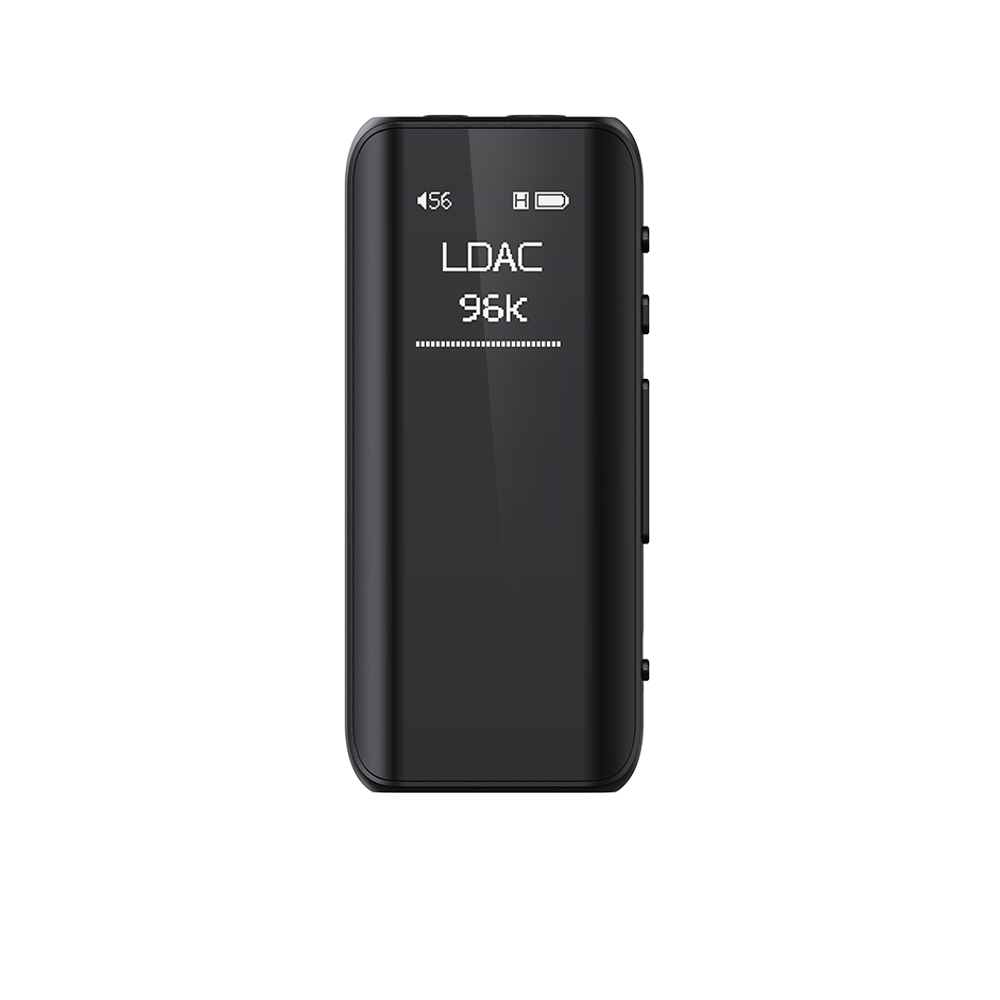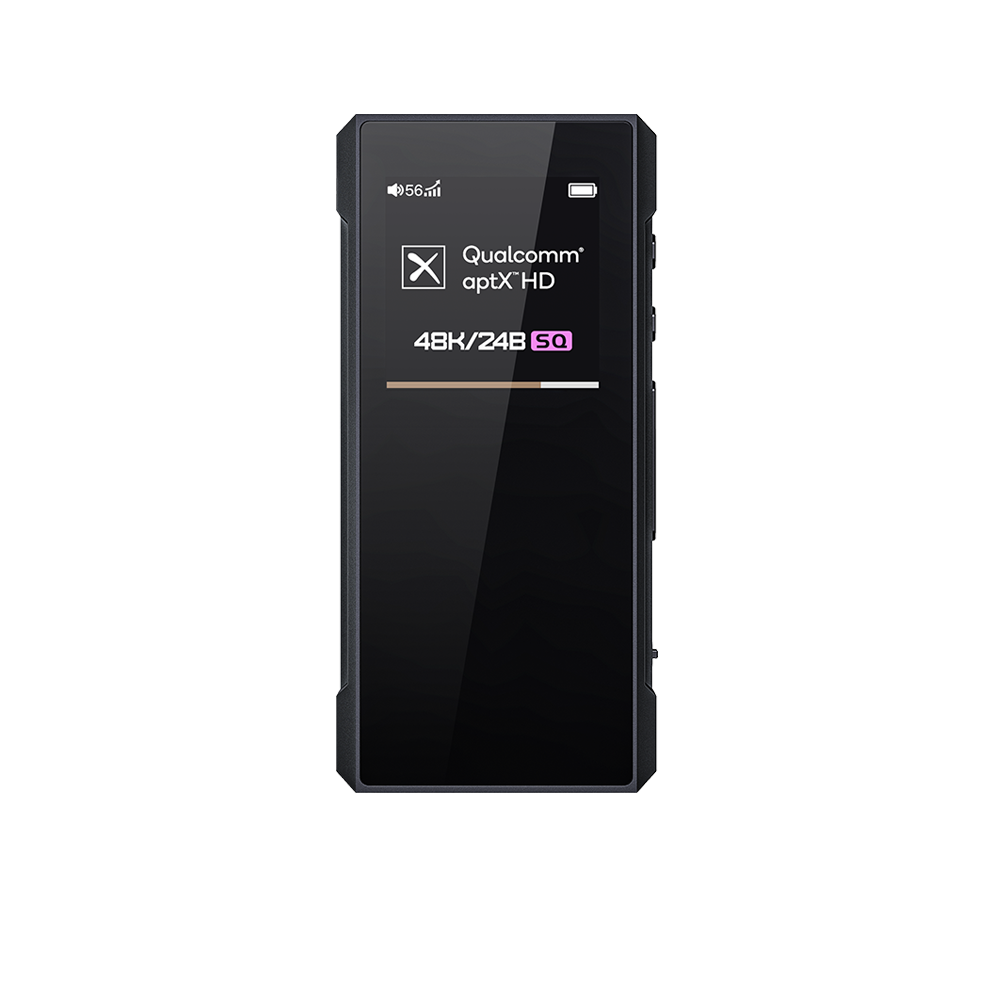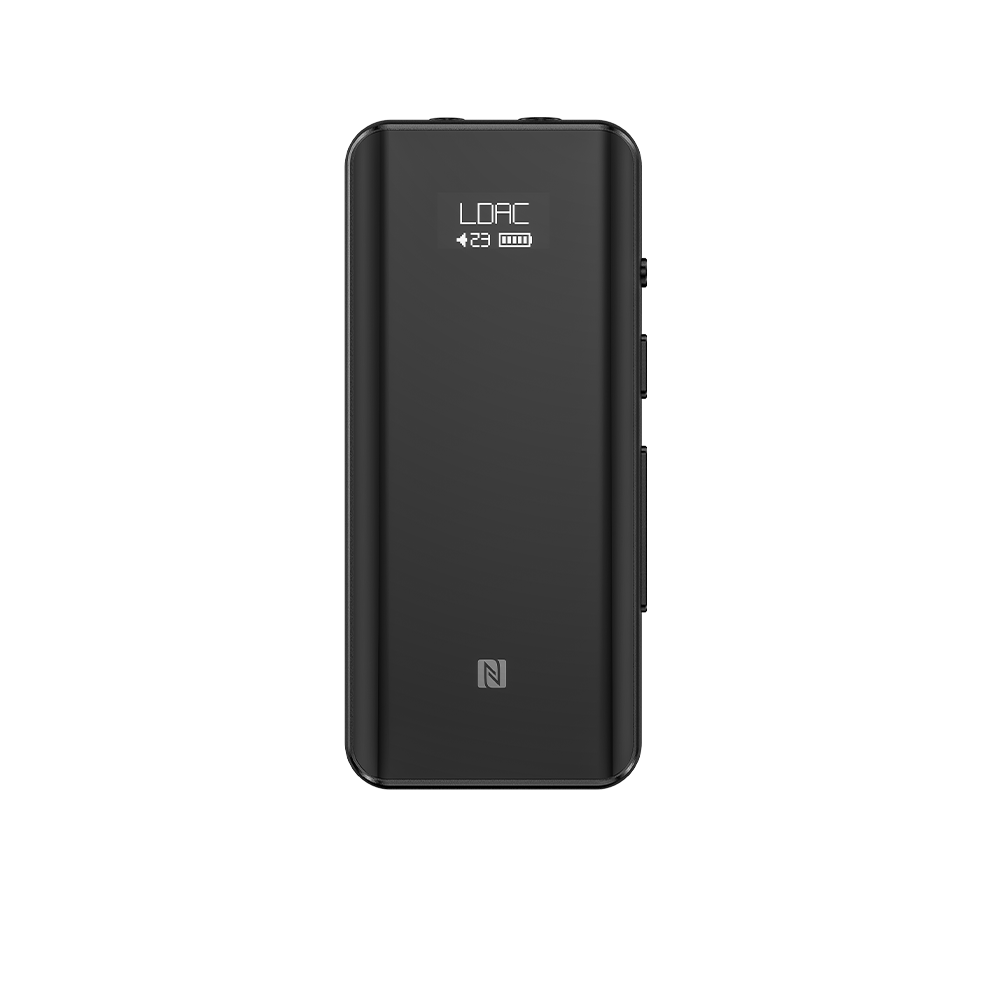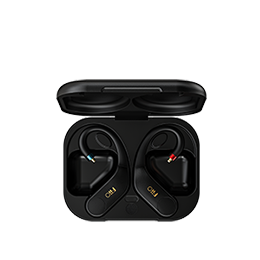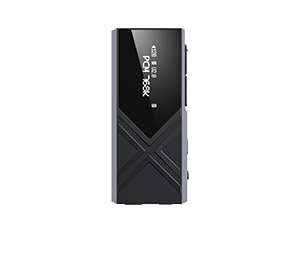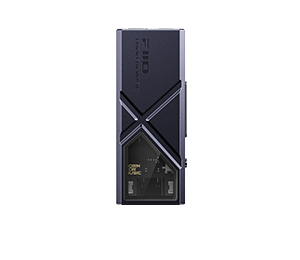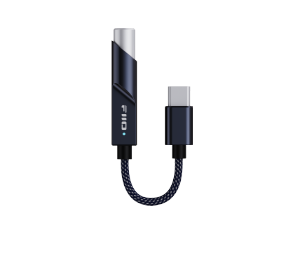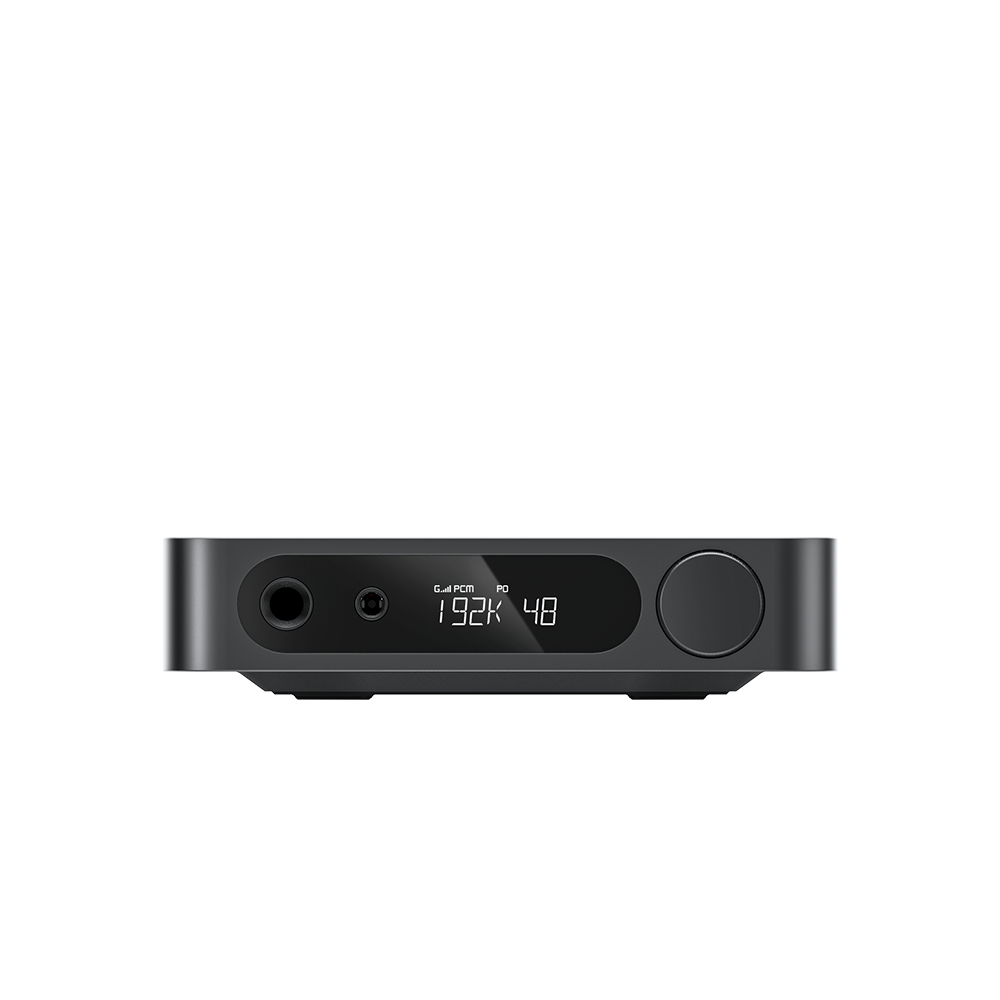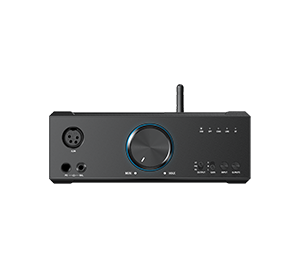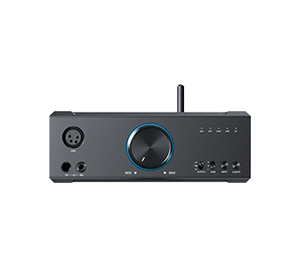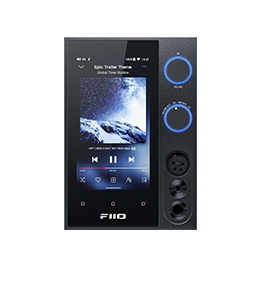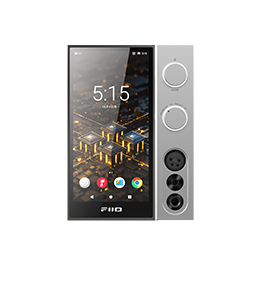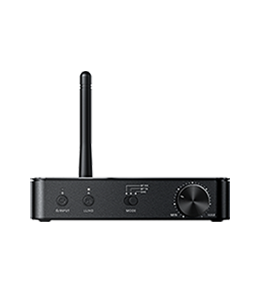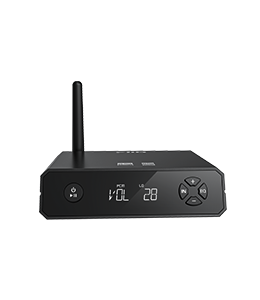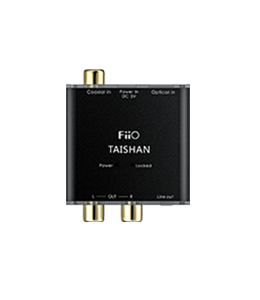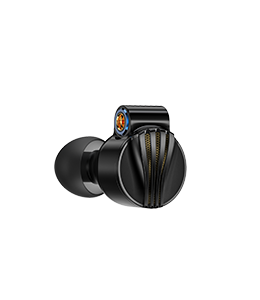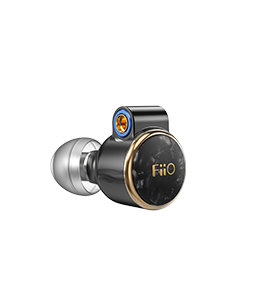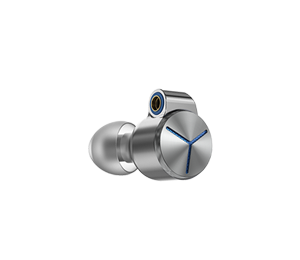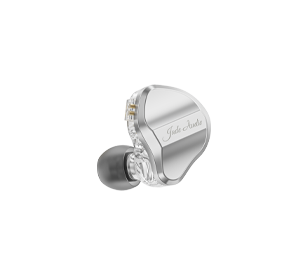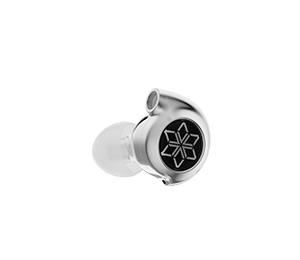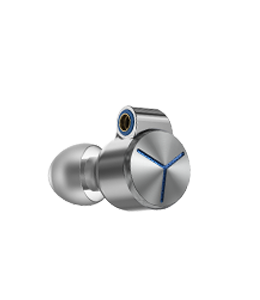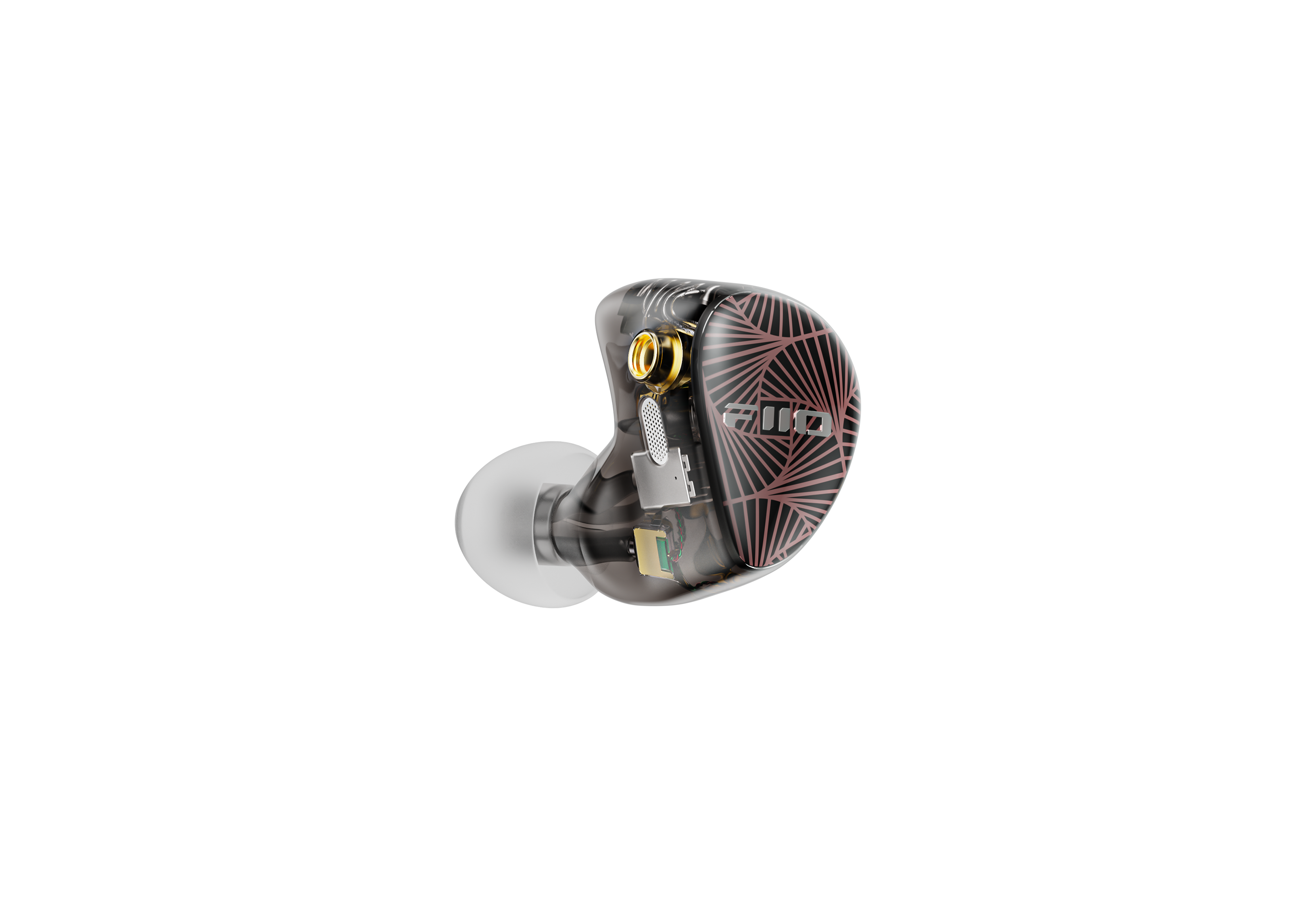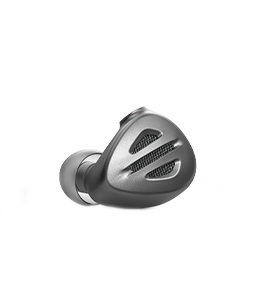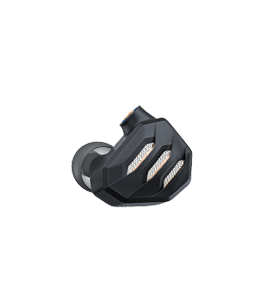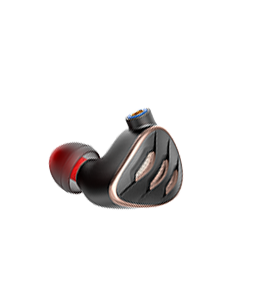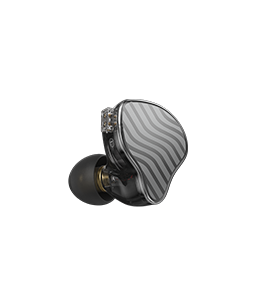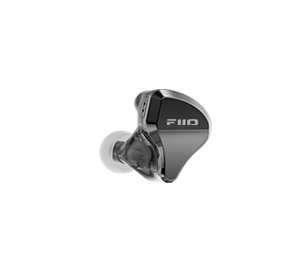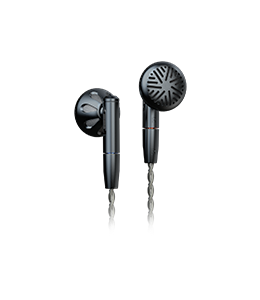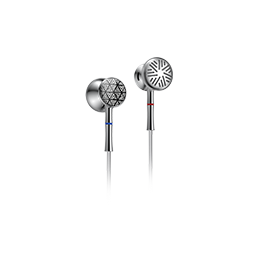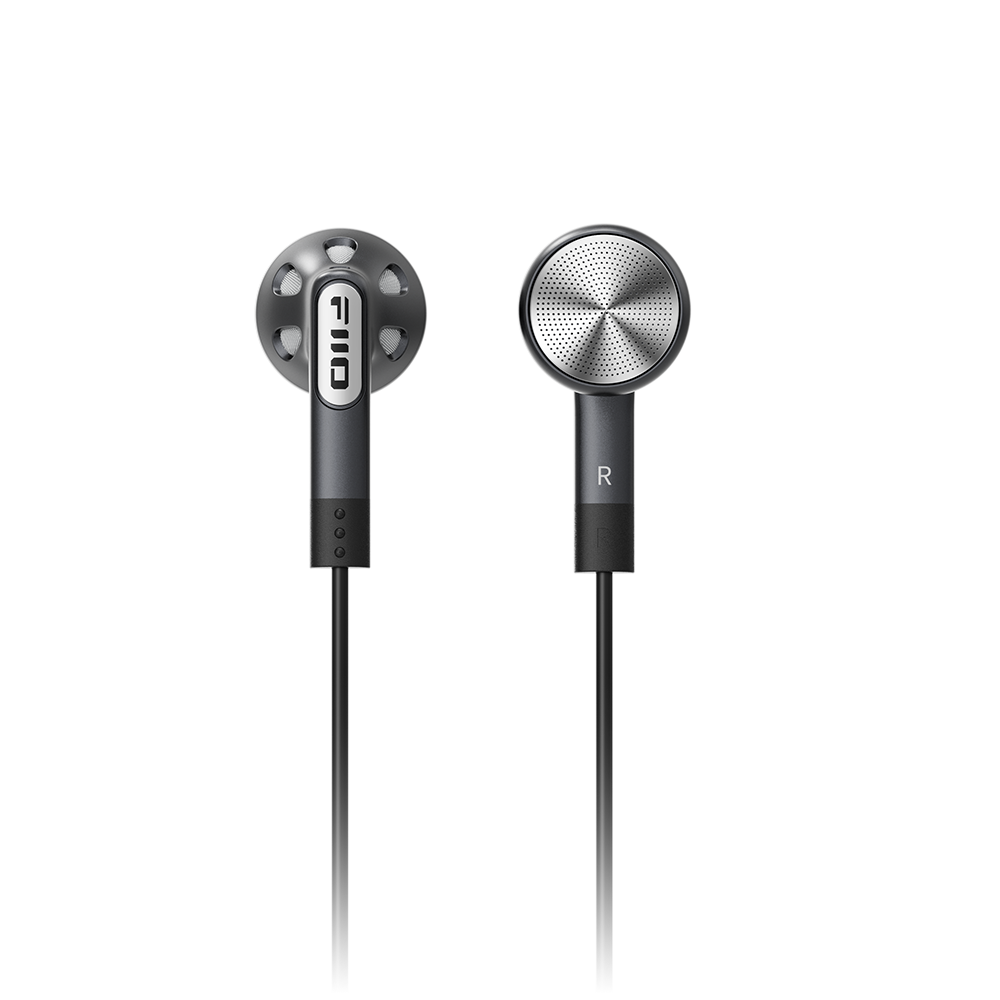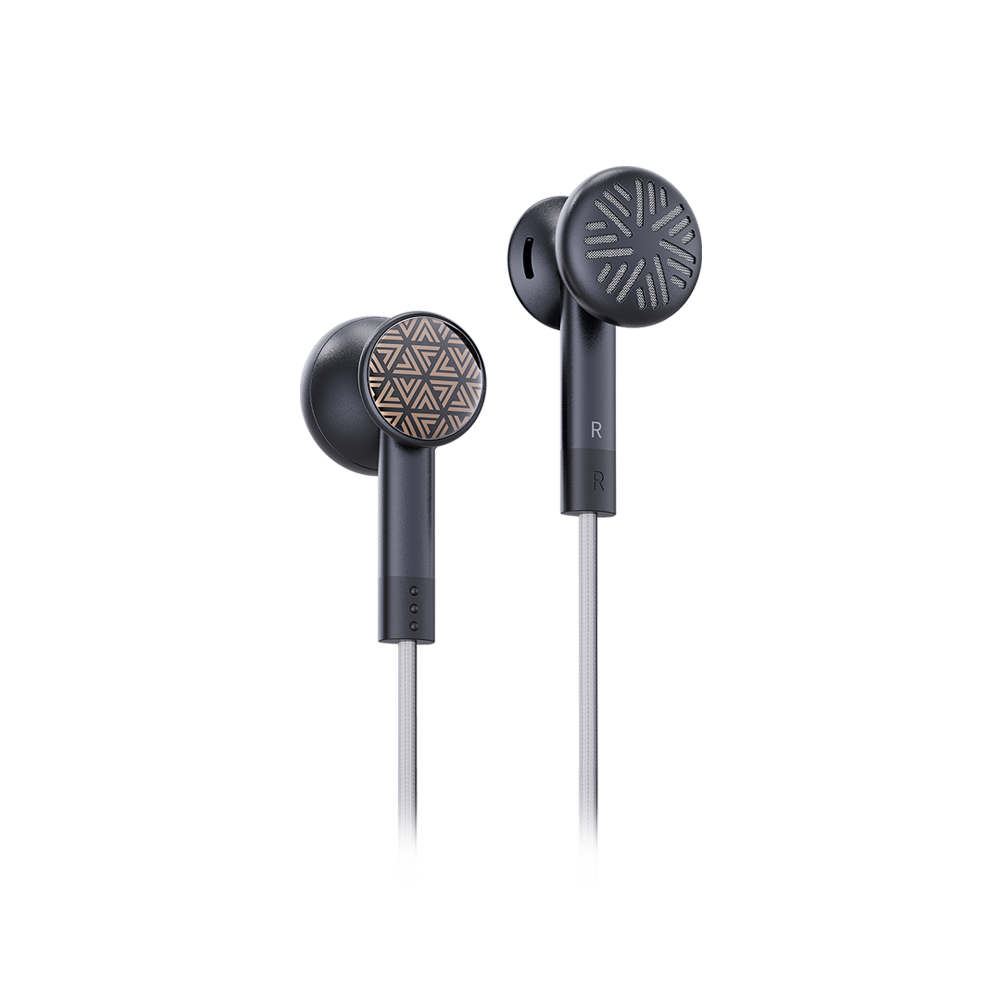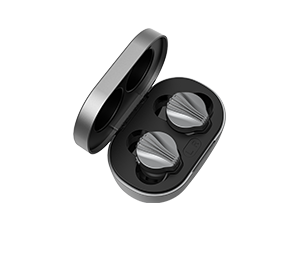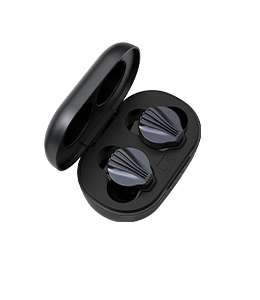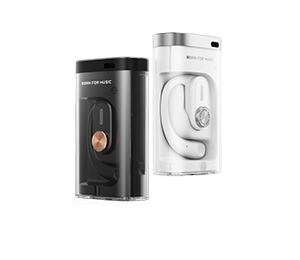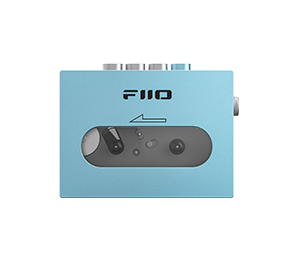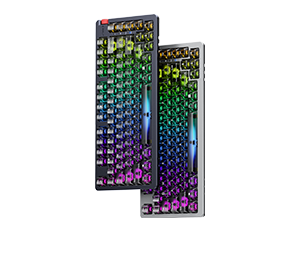24. How to make M17 enter enhanced over-ear headphones mode?
1. Use the power adapter included in this device to connect to a power supply.
2. Switch the BAT/DC switch on the side of the M17 to the DC power supply to enable the hidden enhanced over-ear headphone mode.
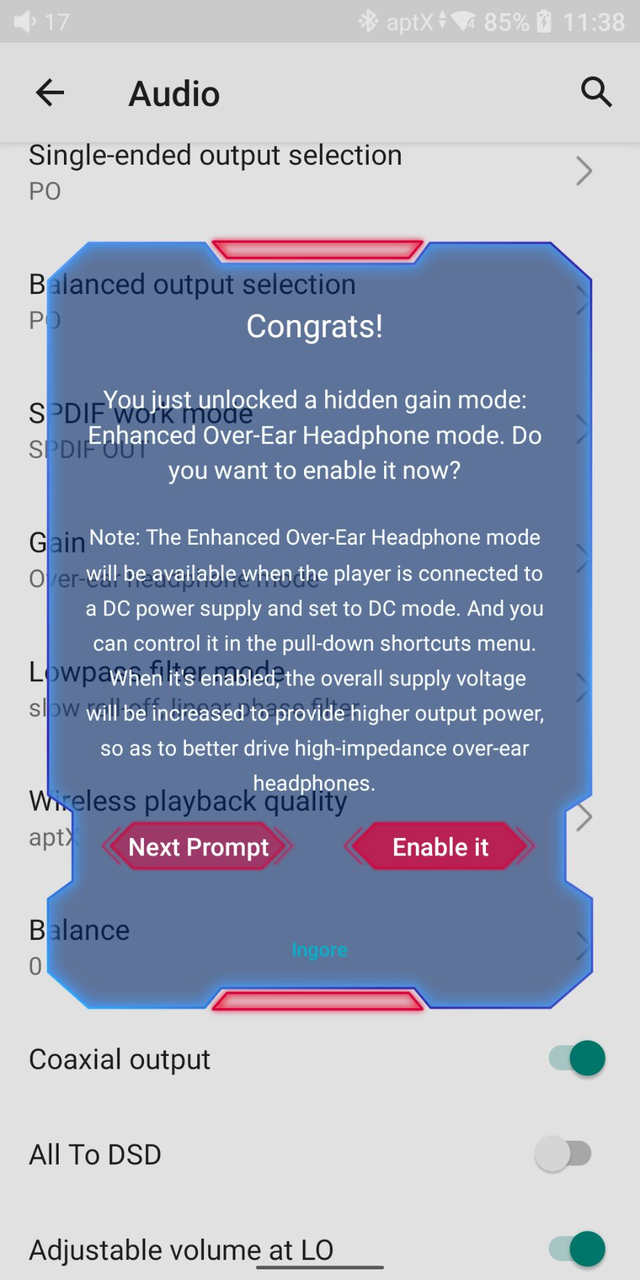
Note: You can choose other gain modes in the drop-down menu. Connecting to a DC power supply is only valid for the enhanced over-ear headphone mode, and other gain effects will remain unchanged.

Here I would like to simply talk about why the enhanced over-ear headphone mode of the M17 will be enabled in DC power supply mode.(From FiiO James)
Ever since entering the market, the M17 has received quite positive user feedback, esp. the exclusive enhanced over-ear headphone mode, which makes it a power monster among portable music players on the market. Thanks to its high power supply voltage and large dynamics, it has distinctive effects on different earphones. That is why consumers like it so much.
Naturally, many users are expecting that the enhanced over-ear headphone mode of the M17 can also be enabled when the M17 is powered by the battery. Here I would like to make a brief explanation with the help of the power supply block diagram of part of the amp circuit.
There are basically two power supplies for the M17. One is the built-in battery (the internal battery works when charging through the TC port), and the other is the 12V DC input through the DC round port.
The battery is powered by a DC/(DC power converter) that boosts the battery voltage from 3.7V to 10V. The external 12V DC voltage will first pass through an overvoltage protection chip to avoid excessive voltage exceeding the maximum working voltage of the internal chip and thus burning the chip.
The two different power supplies will first go through a voltage selection switch. If the DC/BAT switch is turned to BAT, the 10V power supply boosted by the battery will be selected. The 10V power will then enter into a 1:1 negative voltage converter which will be converted to -10V direct current.
Then the ±10V current will be sent to a high-precision LDO (linear voltage regulator) to reduce to ±8V before providing power to the THX 788+ amp circuit.
If the DC/BAT switch is set to DC which reaches to 12V power supply, it will enter into a 1:1 negative voltage converter which will be converted to -12V direct currents.
Then the ±12V power will be sent to the high-precision LDO (linear voltage regulator). Since the output voltage of the LDO selected is programmable (that is, the output voltage is variable), the ±12V power can be regulated to ±11V before being provided to the THX788+ amp circuit.
By the way, there are 2 tips.
1. The LDO is a linear regulator, so the output voltage must be lower than the input voltage. Therefore, if the input voltage is 10V, it is impossible to output 11V voltage, while 11V voltage is a sufficient and necessary condition to enable the enhanced over-ear headphone mode.
2. The power consumption of the THX 788+ amp circuit is relatively large, so the current is relatively large when working. Therefore, the input and output voltage difference of the LDO that supplies power to the THX788+ must be large enough for a better voltage regulation effect.
Therefore, the existing hardware design of the M17 cannot enable the enhanced over-ear headphone mode when powered by the battery.






